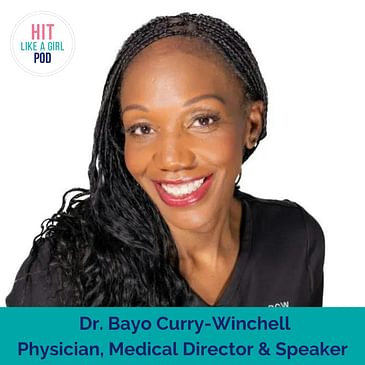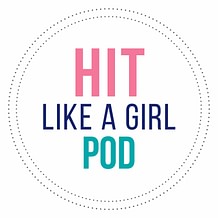In this episode, Joy Rios welcomes Dr. Bayo Curry-Winchell, a dedicated physician, mother, and health equity advocate. Dr. Curry-Winchell shares her impactful journey in the medical field, focusing on advocating for historically excluded and underserved communities of color. Through her multifaceted role, which includes being a medical contributor, TEDx speaker, and creator of the "Beyond Clinical Walls" series, she addresses critical issues like race-based medicine practices and the maternal mortality crisis among black women. Dr. Curry-Winchell's personal experience with unconscious bias during her childbirth highlights the deep-rooted challenges in healthcare. The conversation delves into the importance of acknowledging and addressing unconscious biases, the role of patient-centered teams, and the necessity of community engagement to build trust and provide culturally competent care. This episode is a compelling call to action for systemic change in healthcare to ensure equitable treatment for all.
🚀 New Episodes Available Weekly!




